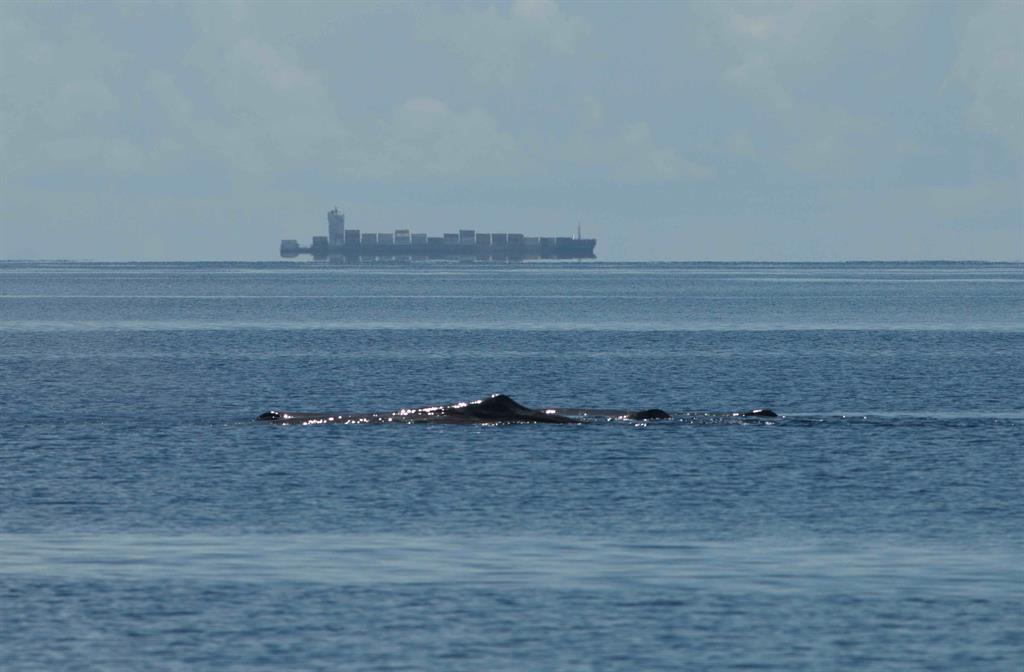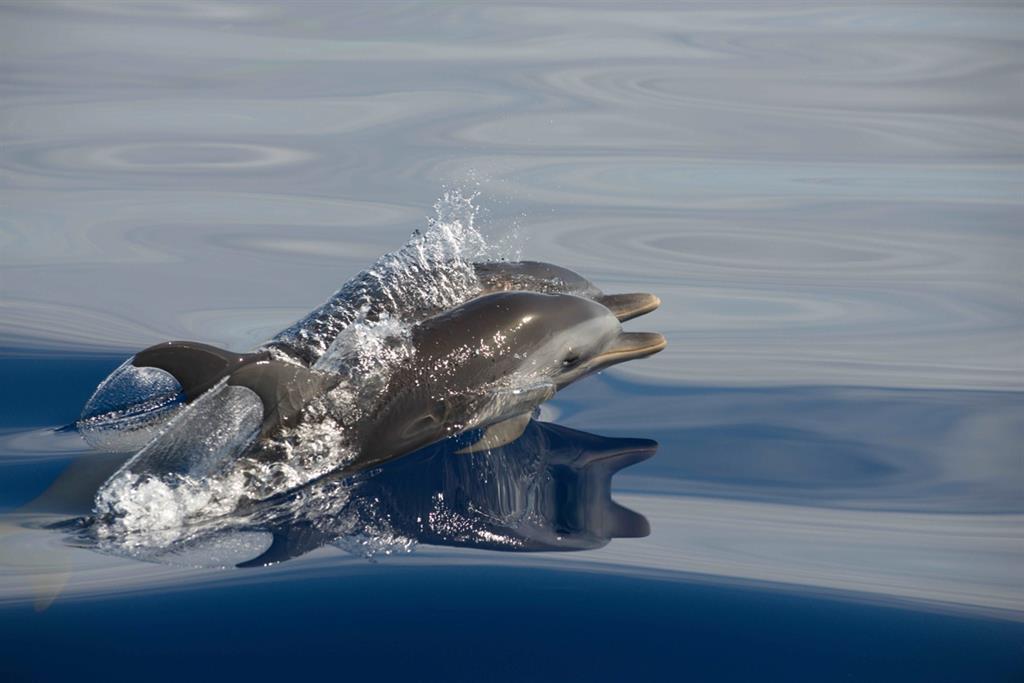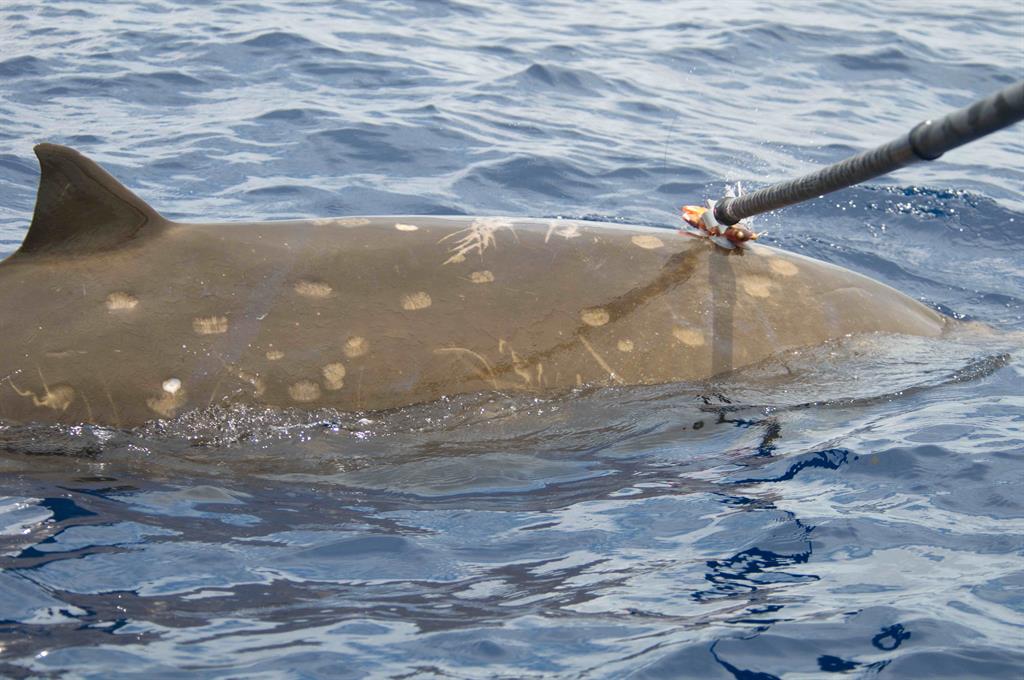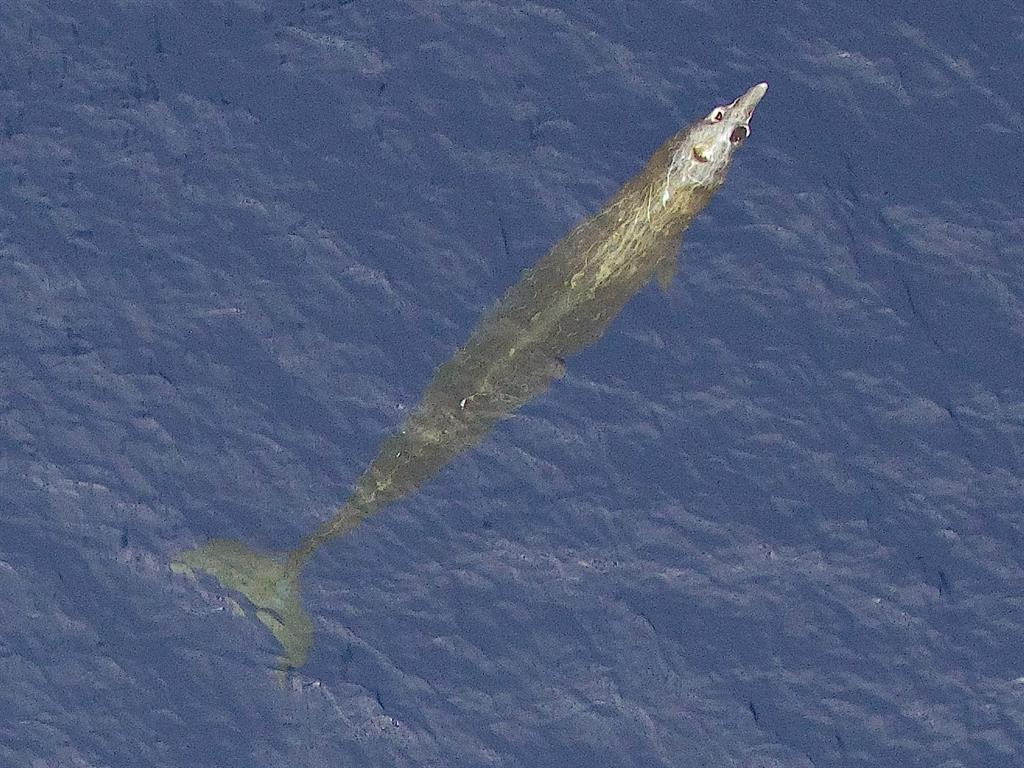|
Importance of long-term research |
||||||||||||||||||||
|
||||||||||||||||||||
|
||||||||||||||||||||
|
|
|
Comparing the foraging efficiency of beaked whales on and off naval ranges. Mass
strandings and behavioural responses of beaked whales have been associated with
naval sonar exercises. Recent studies at the US
Navy’s Underwater Test and Evaluation Center (AUTEC) off Andros Island revealed
that when sonar is used beaked whales stop feeding and move away from the area, returning only
once sonar operations have ceased. By comparing feeding behaviour of beaked whales on and off naval ranges
in The Bahamas, this study will help us understand the potential disruption these
human-induced disturbances may
have to key life functions, such as reproduction. If reproductive females are
not getting enough to eat because their feeding is interrupted, they will fail
at raising their young. DTAGs, digital acoustic
tags, deployed on Blainville's beaked whales (Mesoplodon
densirostris) at AUTEC and Abaco are collecting detailed energetics
and diving data to evaluate foraging efficiency and performance. DTAGs are
equipped with four silicon suction cups for attachment and are deployed using a
7 m carbon fibre hand-pole (see photo on left). Once deployed, the tagged whale
is tracked visually and via a VHF radio beacon built into the tag. After a
pre-programmed recording duration, the tag automatically detaches from the
whale and is collected. Since this study began in 2015, we have deployed 9
DTAGs which have revealed the
extraordinary depths of greater than 1,300 metres
(almost 4,000 feet) at which this species feeds
(see dive profile on left). Stay tuned for updates on the results.
|
|
|
Photogrammetry with an unmanned aerial system to assess body condition and growth of Blainville's beaked whales. During June 2016 we ran the first field
trial using aerial photogrammetry to directly measure the body condition and
growth of beaked whales in the world! Specifically, we demonstrated the utility
of the NOAA APH-22 marine hexacopter as an Unmanned Aerial System (UAS) for
obtaining vertical images of whale lengths and width profiles. We launched the
hexacopter from our 22-foot boat (see photo) to fly short missions over Blainville’s
beaked whales when they are sighted close-by at the surface, obtaining high
resolution digital images from a height of approximately 30 metres (100 feet). Southwest
Abaco was an excellent site to validate this system because BMMRO has been conducted
a photo-identification study over the past 17 years that has demonstrated high
site-fidelity of beaked whales. Aerial images can readily be matched to
photo-identifications to link measurements to whales we know well and have been
tracking for over a decade, to obtain metrics for all age/sex classes. The
analysis is currently underway but specific measurements will include:
1. Width profiles for adult females, specifically comparing those with (lactating) and without dependent young, to validate the ability to assess differences in body condition and detect pregnancy. 2. Lengths for dependent young of different ages, to validate the ability to measure growth. Based on the success of our field trial, we are hoping to apply this new technology to compare the body condition of beaked whales and reproductive success at AUTEC, where whales are regularly disturbed by navy sonar (see above) and Abaco where disturbance is rare. This approach provides a promising means of monitoring the health of beaked whales on Navy testing ranges around the world.
|
|







